Aquatic plants for beginners
Aquarium plants for beginners: Why start with live plants?
Aquarium plants for beginners are more than just decorative greenery—they’re essential allies in building a healthy tank environment. Live plants help regulate the ecosystem by absorbing excess nutrients and reducing harmful waste products like nitrates and ammonia.
Beginners often find that planted tanks are easier to maintain because the plants create a natural biological balance. They provide hiding spots for shy fish and promote a more stable oxygen level, especially during daylight hours.
In addition, live plants add beauty and motion to your aquascape. Their gentle swaying can have a calming effect, and they help mimic the fish’s natural habitat. Starting with live plants sets up new hobbyists for long-term success.
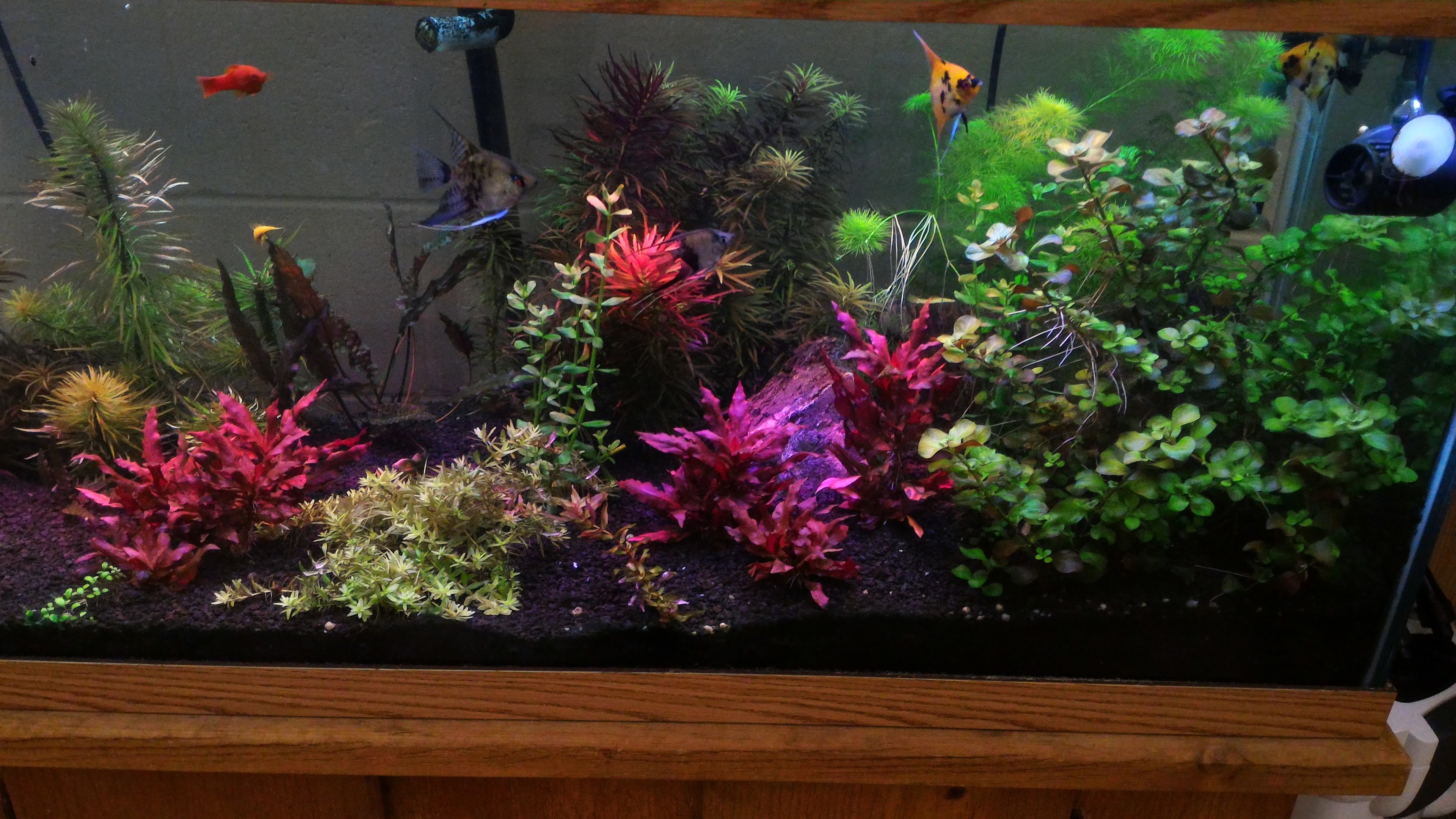
Best beginner aquarium plants to grow confidence quickly
If you're just starting out, the best beginner aquarium plants are the ones that grow reliably and don’t require advanced equipment or care. These plants thrive in standard lighting and don’t need CO₂ injection or special substrates.
Examples include Anubias, Java Fern, and Amazon Sword. These resilient species tolerate a variety of water parameters and are known for their hardiness. Many can even be attached to rocks or driftwood, avoiding the need for complex planting.
With these forgiving plants, beginners can focus on learning basic aquarium maintenance while still enjoying lush greenery. Watching your plants grow and thrive can build confidence and spark interest in more advanced aquascaping down the road.
Freshwater aquarium plants for beginners: Easy options to thrive in your tank
There’s a wide variety of freshwater aquarium plants for beginners that are ideal for first-time aquarists. These plants are typically low-maintenance and well-suited for most home setups without requiring expensive upgrades.
Some great options include Hornwort, Water Wisteria, and Cryptocoryne. These plants can tolerate lower light levels and unstable water parameters, which is perfect when you're still figuring out the rhythm of aquarium care.
When you choose beginner-friendly freshwater species, you get the benefit of a visually pleasing tank while also improving water quality. These plants compete with algae for nutrients and help support a balanced aquatic ecosystem.
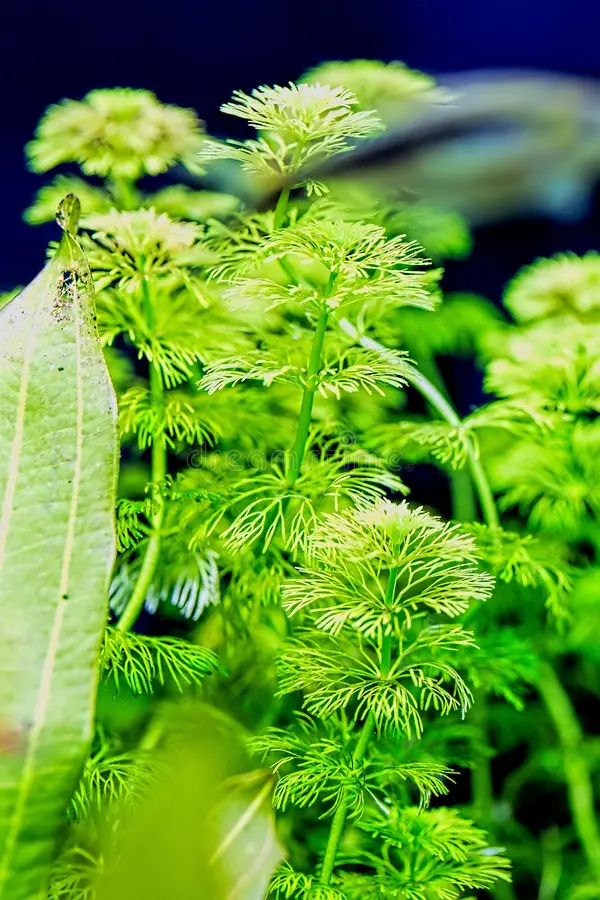
Easy beginner aquarium plants that anyone can grow
Not all aquatic plants are fussy. Easy beginner aquarium plants are designed to thrive in a variety of conditions and forgive small mistakes along the way. These species are perfect for new hobbyists still getting familiar with their setup.
Plants like Java Moss, Duckweed, and Vallisneria are especially forgiving. They grow quickly, adapt well, and don’t need fancy gear. Plus, they provide excellent cover for fish and shrimp, adding comfort and shelter.
By starting with easy plants, beginners can enjoy the rewards of plant growth without the stress of constant care. These reliable species make it simple to create a thriving underwater world from the very beginning.
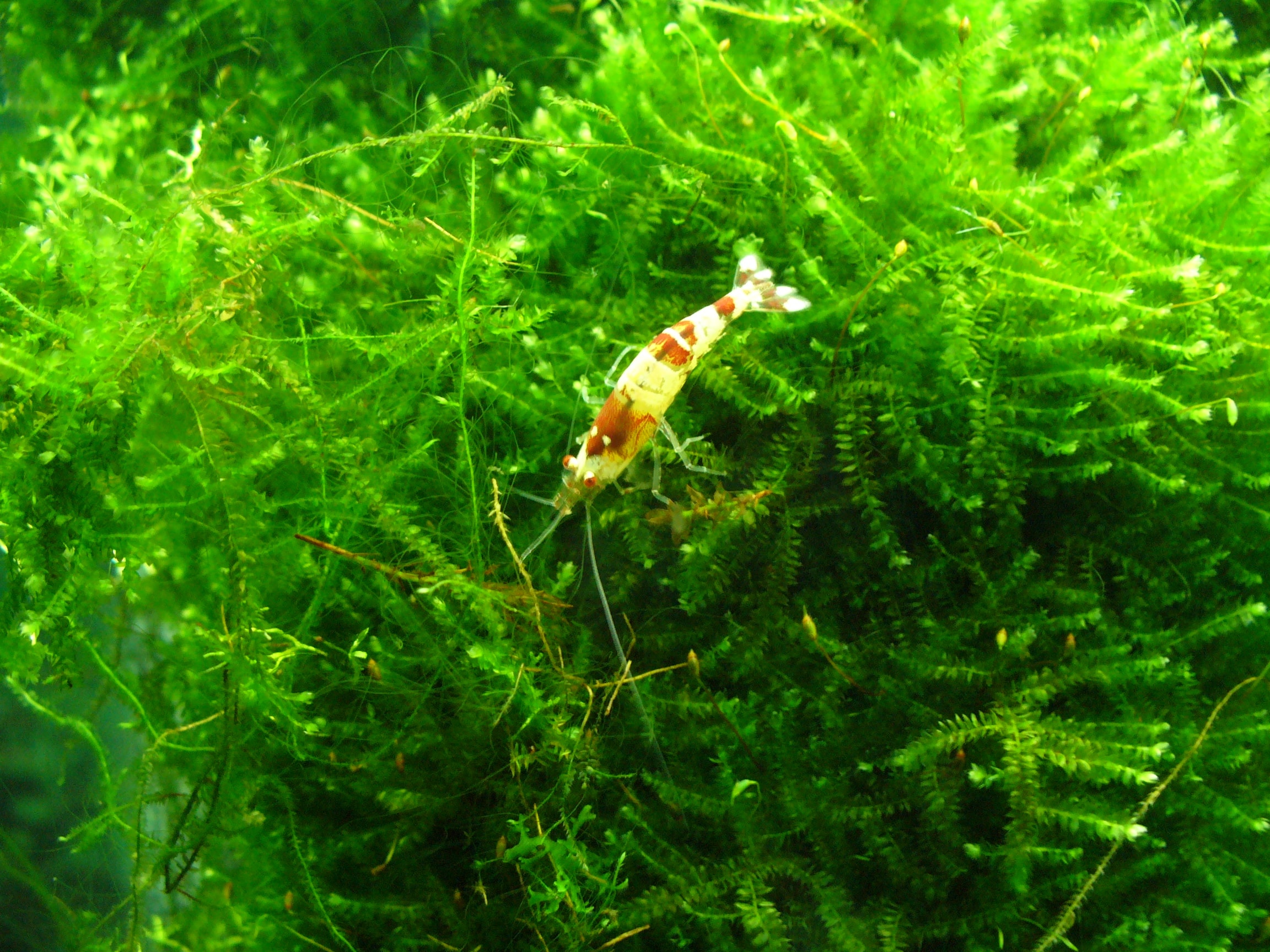
Good beginner aquarium plants for low-tech setups
If you're setting up a tank without fancy gear like CO₂ injection or high-intensity lighting, good beginner aquarium plants still offer plenty of options. These plants are ideal for low-tech aquariums and thrive with basic care.
Options such as Java Fern, Anubias, and Marimo Moss Balls require minimal intervention. They grow slowly, don't need specialized fertilizers, and can tolerate fluctuating water parameters. That makes them perfect for hobbyists who want beauty without complexity.
Choosing hardy plants that suit your specific setup reduces frustration and increases your chances of success. These species are known to survive and thrive, even in less-than-perfect conditions, helping build your confidence as a beginner.
Light Requirements – What Beginners Need to Know
Understanding proper lighting is one of the first steps to successful aquarium plants care. Different lighting conditions suit different beginner plants, and choosing the wrong one can stunt growth or trigger unwanted algae growth. Low light plants such as java fern or christmas moss are ideal for those just starting, as they thrive with minimal effort and basic fixtures.
High light setups can promote faster plant growth, but they demand more attention to carbon dioxide and nutrients. For beginners, it’s often best to start with species that tolerate varied light intensity and slowly learn how lighting affects your aquarium plants. Balancing lighting with other factors like substrate and water conditions will prevent issues and encourage lush, manageable growth.
Substrate and Nutrients – The Foundation for Healthy Plant Growth
A good substrate forms the base of a thriving planted aquarium, especially for root-feeding beginner plants. Options like enriched soil or adding root tabs can supply essential nutrients to encourage proper growth. Plants such as amazon swords benefit greatly from nutrient-rich bases, and pairing them with proper lighting leads to stronger roots and vibrant leaves.
Don’t overlook the role of carbon in nutrient uptake. While carbon dioxide injection can support more demanding species, many aquatic plants do well with just liquid carbon supplements. Beginners should aim for a balance—choose low maintenance plants, use a suitable substrate, and monitor water conditions. With this solid base, even novice aquascapers can see the full benefits of underwater gardening.
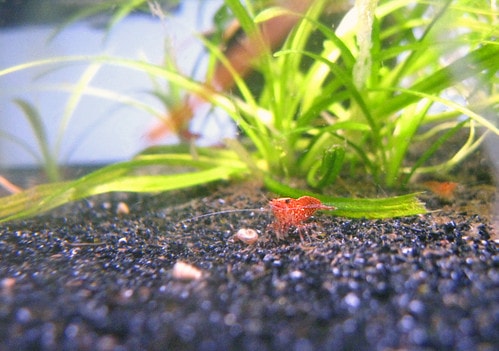
CO₂ Equipment for Planted Tanks – When Do Beginners Need It?
Carbon dioxide is a vital component of plant growth, but many beginners wonder whether they need CO₂ injection right away. In most cases, low-tech setups with low maintenance beginner plants such as java fern or moss species can thrive without it. However, if you're using high light or aiming to grow more demanding aquarium plants, investing in basic CO₂ equipment may significantly improve growth and health.
For new aquarists, understanding how carbon interacts with lighting, substrate, and nutrients is essential. If you're ready to scale up your planted aquarium, introducing carbon dioxide gradually can help support denser planting, better algae control, and more vibrant coloration in your aquatic plants. Still, it's important not to rush—observe your plants and adjust based on their visible needs and water conditions.
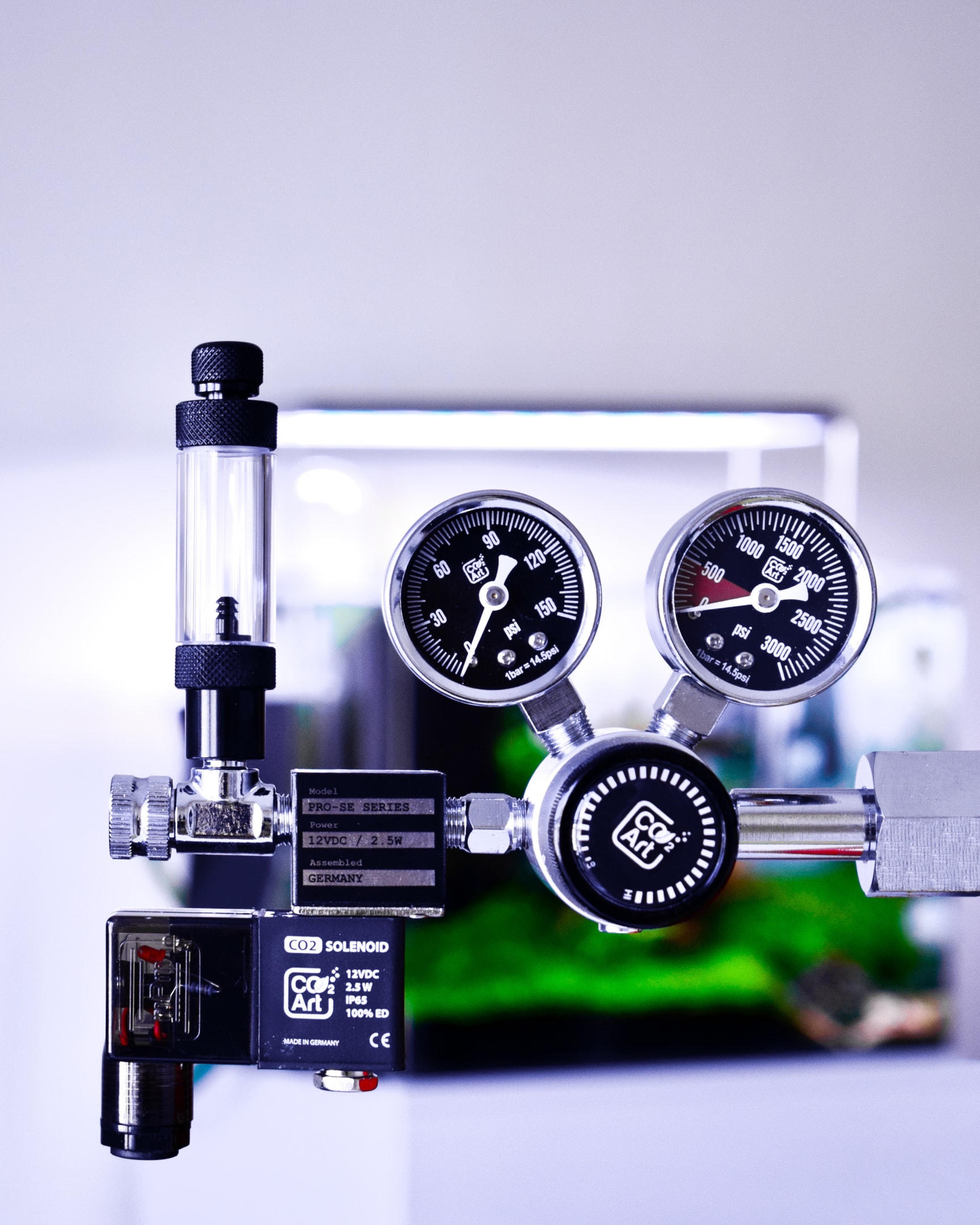
Common Mistakes Beginners Make with Aquatic Plants
Many first-time aquarists struggle with aquatic plants because they unknowingly create unsuitable conditions. One frequent mistake is using poor lighting or inconsistent lighting conditions, which can lead to algae growth or stunted plant development. Another issue is choosing plants that are not suitable for their tank size or setup, such as delicate species that require CO₂ when the beginner is not ready to provide it.
Overfeeding fish, ignoring substrate needs, or failing to feed root-feeding plants with nutrients or root tabs can also limit success. Beginners may also skip testing water conditions, which can result in ammonia buildup or nutrient imbalances. By starting with reliable beginner plants, maintaining stable lighting, and taking time to learn about your plants’ needs, you’ll avoid many of these pitfalls and enjoy a thriving, beautiful tank.
Easy Aquascaping Ideas Using Beginner Plants
Aquascaping doesn’t have to be complicated—especially with beginner plants. You can design stunning layouts using low maintenance, easy-to-grow species like java fern, christmas moss, and amazon swords. These plants offer texture and layering without the need for intense lighting or complex setups. Focus on simplicity: foreground with moss, midground with narrow leaf varieties, and background with tall, flowing aquarium plants.
A strong visual balance can be achieved even in small tanks using aquatic plants that thrive under low light and basic care. Make sure your substrate is rich enough for rooted species, or supplement with root tabs as needed. Keep lighting intensity moderate and avoid direct sunlight to prevent algae growth. With thoughtful placement and the right plants, your aquascape can be both beautiful and beginner-friendly.
Beginner-Friendly Plant Care Routine: Tips for Success
Maintaining aquarium plants doesn’t require advanced skills—just consistency and attention to basics. Begin with a simple routine: 6–8 hours of controlled lighting per day, weekly water checks, and regular trimming to encourage healthy growth. Ensure your water conditions remain stable and avoid large fluctuations in pH or temperature, as many plantsare sensitive to sudden changes.
Feeding your plants is just as important as feeding your fish. Add nutrients through liquid fertilizers or root tabsdepending on the species. Clean leaves gently if debris or algae forms, and monitor for signs of deficiency like yellowing or holes. Keeping a watchful eye and making small, regular adjustments will help even beginner plantsflourish—bringing vibrant life to your aquarium.
From Beginner to Pro - Growing Your Underwater Garden
Transitioning from beginner plants to more advanced aquarium plants is a rewarding journey. Understanding water conditions and lighting is crucial for healthy plant growth in your planted aquarium. Proper substrate choice and the use of root tabs can significantly enhance nutrients availability, supporting the development of species like java fernand amazon swords. As your confidence grows, managing carbon dioxide and nitrogen levels will become an important part of maintaining a balanced environment for both plants and fish.
Lighting conditions and light intensity play a vital role in your aquarium’s success. High light setups can boost growthbut may also encourage algae growth if not carefully managed. Conversely, low light conditions require selecting suitable plants such as christmas moss or narrow leaf species that thrive without intense lighting. By monitoring algae and feeding shrimp carefully, you can maintain a low maintenance, beautiful aquatic plantsecosystem that benefits all inhabitants.
Conclusion
Aquarium plants offer incredible benefits, from enhancing the aesthetics of your planted aquarium to improving water quality and providing shelter for fish and shrimp. Whether you start with beginner plants or progress to more demanding species, understanding substrate, lighting, and nutrient management is key to successful growth. Carbon dioxide supplementation and proper lighting conditions help prevent algae issues and promote lush plantdevelopment.
By choosing suitable aquatic plants and maintaining balanced water conditions, you can enjoy a thriving underwater garden that is both low maintenance and visually stunning. Remember, the purchase of healthy plants and regular care will lead to rewarding growth and a vibrant ecosystem. With patience and knowledge, anyone can create a beautiful planted aquarium that supports a diverse range of species and brings endless enjoyment.



